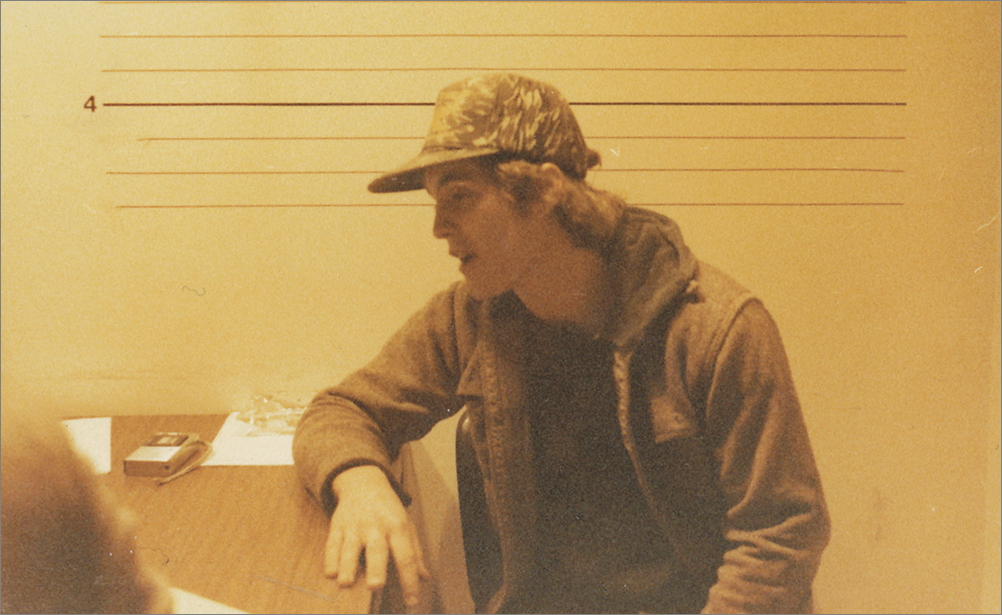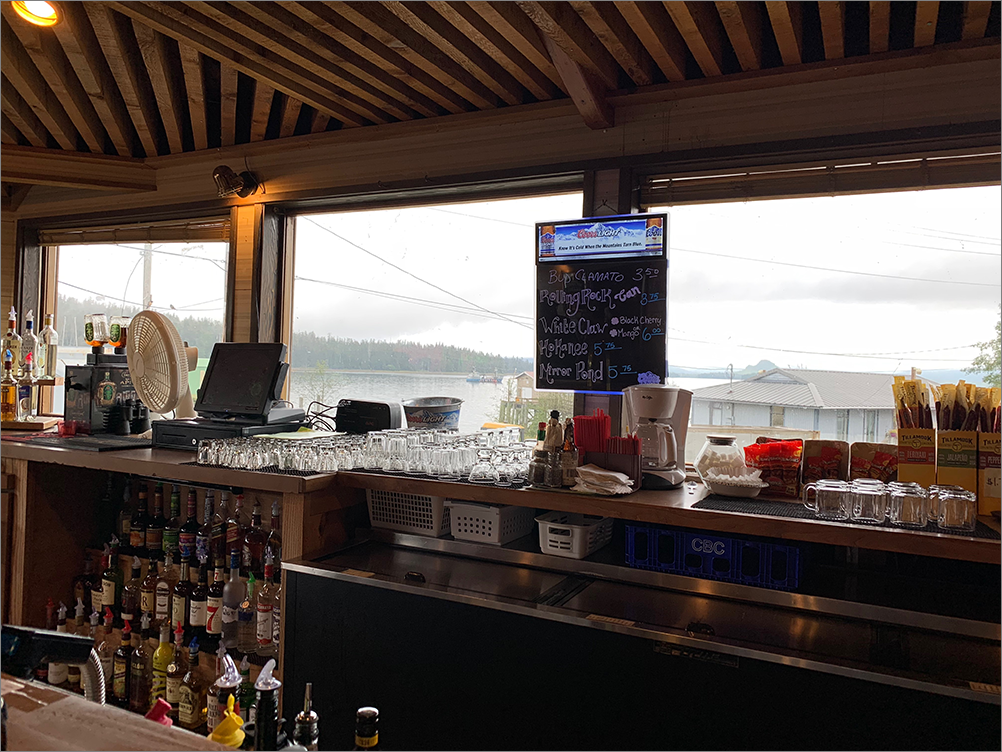Mary Anne Henry’s response to the defense allegations was, of necessity, a wide ranging one. She began by addressing allegations that John Peel had been misquoted. The state, she said, sent Peel’s Bellingham tape to the FBI laboratory to be enhanced, in hopes that the actual statement of John Peel could be isolated.
According to the FBI, John Peel said the following: “I’m scared, man, I am scared. I can’t believe what you think I did in there.” Sergeant Stogsdill, on the other hand, told the grand jury that Peel said: “I’m scared man, I’m scared. I can’t believe the things I did in there.” John Peel’s defense attorneys, of course, had quoted him quite a bit differently: “I’m scared, man, I’m scared. I can’t believe you all think I did this.”

Henry could not resist a little gloating, courtesy of the FBI Labs at Quantico. “It is interesting to note that the defendant, who made the statement cannot accurately recite to the court what he said,” she noted. Then she added that, “Although the actual statement is not as inculpatory as the statement presented to the grand jury, it is still another indication of a ‘slip’ made by the defendant. There is no reason for an ‘innocent’ John Peel to say ‘what you think I did in there.'”
More important, from the point of view of defending the indictment, was Henry’s assertion that John Peel’s argument did not meet the burden of proof required for dismissal. “He has not shown that the difference in the misstatement and the true statement would have ‘significantly affected the grand jury’s assessment of the facts,'” she noted.
In answering the allegations that two eyewitnesses had failed to identify John Peel, Henry provided a host of explanations. Bruce Anderson and Jan Kittleson may have failed to identify John Peel in the Hill Bar, she suggested, because Peel could have disguised himself. Kittleson was looking only for persons wearing glasses, she added, and John Peel wasn’t wearing glasses. Both witnesses, she said, were determined not to say anything unless they were absolutely positive. And John Peel may not have been in the bar when the witnesses went looking for him.

The defense contention that the indictment should be dismissed — because the grand jury was not informed of prior statements by Larry Demmert — earned Henry’s greatest venom. “Under no circumstances should the court consider the wholly unsupported allegations of the defense regarding Larry Demmert, Jr.,” Henry said as she started her counterattack.
“The affidavit of Mr. McGee and Mr. Weidner as to purportedly ‘paraphrasing’ an interview with Larry Demmert, Jr., may well be the single most outrageous document filed in a criminal case in this court. It is obvious that the defense attorneys do not want the court to know what occurred in the defense interview with Mr. Demmert and their purposeful decision not to produce the tape or a transcript of that interview is a blatant attempt to conceal information from the court and the State.” [1]
Mary Anne Henry’s final concern was McGee’s allegation that the prosecution had misidentified the accelerant used in the Investor fire. Although Henry presented a spirited argument refuting the relevancy of those claims, her position was a simple one.
“The finding of hydrocarbons associated with white gas on some items seized from the Investor is not exculpatory evidence which would reasonably tend to negate guilt,” she said. “The tests did not identify white gas as the cause of the fire.”
Henry’s response to Weidner and McGee was 125 pages long. But even the FBI could not save her from Phillip Weidner’s doggedness. He countered her moves within days.
[1] The full record of Weidner’s interview with Larry Demmert, Jr. was ultimately supplied to the prosecution and is among the materials found in the case records at the Alaska State Archives. In hindsight, Henry was correct: it was not as exculpatory as the defense claimed. We quote from it here. Here. And Here.
Excerpts from the unpublished original manuscript, “Sailor Take Warning,” by Leland E. Hale. That manuscript, started in 1992 and based on court records from the Alaska State Archive, served as the basis for “What Happened in Craig.”
Copyright Leland E. Hale (2019). All rights reserved.

Order “What Happened In Craig,” HERE and HERE. True crime from Epicenter